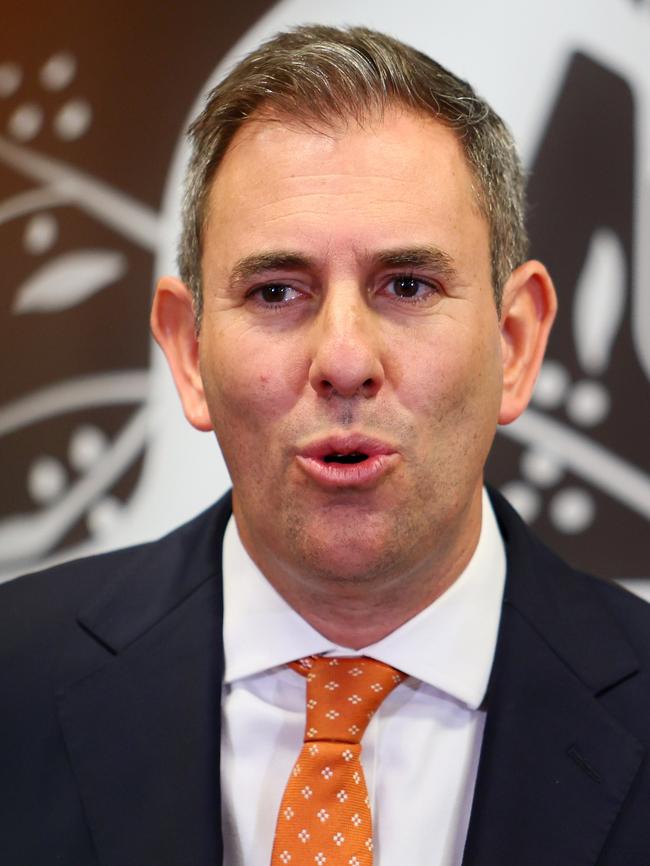Labor risks upsetting a million voters if it rolls back negative gearing
Labor risks upsetting almost a million voters – including in critical must-win marginal electorates – if it rolls back negative gearing and capital gains tax concessions.
National
Don't miss out on the headlines from National. Followed categories will be added to My News.
Labor risks upsetting almost a million voters – including in critical must-win marginal electorates – if it rolls back negative gearing and capital gains tax concessions, analysis of the nation’s housing investment shows.
Of the more than 969,000 Australians who claim a tax break for their “rental loss”, about 519,000 live in Labor-held electorates, while more than 56,000 are voters in “teal” independent seats, according to analysis of 2021-22 Australian Taxation Office data based on 2022 electorate boundaries.
Anthony Albanese has stopped short of ruling out changes to tax concessions for housing investors after it was confirmed treasury officials are preparing advice on reforms to both negative gearing and capital gains.


The Prime Minister said he had “no plans” to touch the policies, but by leaving the door open in the future he risks electoral backlash across a number of seats Labor must win at the next federal election in order to retain majority government.
The Liberal-held electorate of Mitchell in Sydney has 15,309 residents with a negative rent income – the highest number in the country.
This is followed by the Labor-held NSW seats of Bennelong, Greenway and Reid, with between 12,000 and 13,000 negatively geared residents each.
Chisholm in Melbourne has the highest number of voters with negative gearing in Victoria, followed by Lalor and Gellibrand – all seats held by Labor.
There are large numbers of negatively geared investors in seats where the Chinese diaspora is concentrated, a cohort that swung to Labor at the 2022 election.
Critical marginal Labor electorates like Chisholm and Aston in Victoria, Bennelong in NSW and Tangney in Western Australia have some of the largest Chinese-Australian populations and also the highest rates of negative gearing and capital gains tax concession recipients.
In Tasmania and the Northern Territory – where both major parties are hoping to either hold or make ground – negative gearing is largely a non-issue.
Meanwhile, of the more than 1.4 million Australians who have a net capital gain based on 2021-22 ATO data, more than 676,000 live in Labor-held seats.
Five years ago then-opposition leader Bill Shorten took a suite of policies, including changes to negative gearing and capital gains tax, to the 2019 election where Labor failed to win over voters in what had been dubbed the “unlosable election”.
Negative gearing is when an investment property owner collects less in rent than they pay in mortgage and other costs and that loss is then off-set against their taxable income.
The capital gains tax is applied to the profit made when an asset is sold, but a 50 per cent discount on this kicks in if the purchase, usually a house, has been held for 12 months before it is old.
In 2023-24 the estimated foregone tax revenue was $10.92bn, with $5.7bn relating to negative gearing deductions and $5.22bn relating to the capital gains tax discount.





